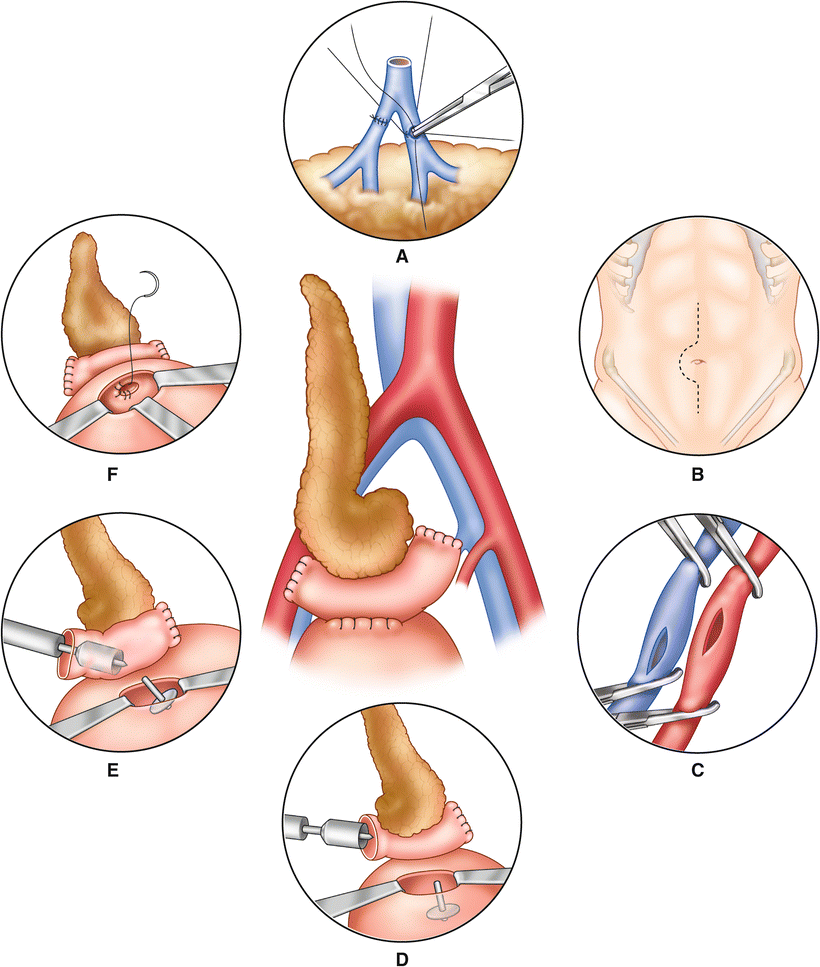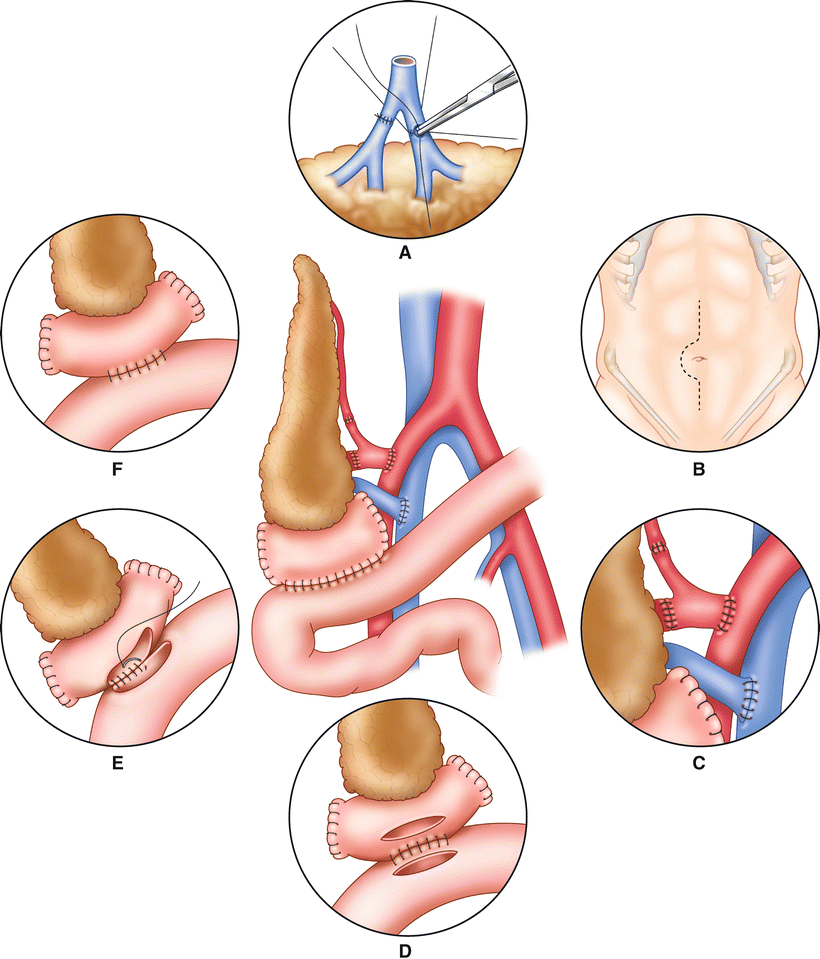Blood glucose level (g/dL)
Regular insulin infusion rate (U/h)
D5W infusion rate (mL/h)
>350
3–5a
0
250–350
3a
0
150–250
2a
0
100–150
2
20
70–100
1–2
20–100
<70
0
100b
Pancreas transplant recipients also often have metabolic acidosis (pH < 7.30). Occasionally this may be due to ketosis. Most often, however, the metabolic acidosis is due to renal insufficiency or failure. Often these patients compensate for their acidosis by hyperventilating. Therefore the pH should be monitored along with the blood glucose levels. Significant acidosis (pH < 7.30) may require sodium bicarbonate (1–2 mmol/kg) intravenously [3].
Due to the fact that only a low dose of heparin is administered to pancreas transplant recipients, coagulation is usually not monitored in pancreas transplant recipients. However there is evidence that some patients undergoing pancreas transplantation may become hypercoagulable following reperfusion of the allograft. This may result in graft thrombosis. Thromboelastography has been suggested by some authors to determine which patients are at risk for becoming hypercoagulable and administering additional anticoagulation to them [19]. At our institution a heparin drip is usually started 4 h after surgery at 3 units/kg/h and aspirin (81 mg orally per day) is instituted within 48 h of surgery. Heparin is weaned prior to discharge and the low-dose aspirin is continued indefinitely.
Allograft Reperfusion
Figures 24.1 and 24.2 depict the surgical procedure that may result in pancreas drainage either in the bowel or in the bladder. The patient’s hemodynamic status must be optimized prior to reperfusion of the pancreatic allograft. Hypotension and inadequate cardiac output during reperfusion may result in poor blood flow to the allograft and cause graft thrombosis. Graft thrombosis is one of the leading causes of graft loss in pancreas transplantation. Systemic hypotension upon reperfusion of the allograft may occur in as many as 20 % of pancreas transplant recipients and probably results from transfusion of the ischemic by-products from the pancreas into the central circulation [3].



Fig. 24.1
Surgical procedure—diagram demonstrates steps in the procedure with the pancreas allograft being drained into the bowel

Fig. 24.2
Surgical procedure—diagram demonstrates steps in the procedure with the pancreas allograft being drained into the bladder
To ensure adequate allograft perfusion the patient must have an adequate systemic blood pressure (120–140 mmHg) and circulating blood volume prior to removing the vascular clamps. This can usually be obtained by administering normal saline, 5 % albumin, or packed red blood cells until the central venous pressure is approximately 14 mmHg. If hypotension still occurs, an inotrope such as ephedrine or dopamine may need to be administered. Pure vasoconstrictors such as phenylephrine are usually avoided, if possible, because of the concern that they may cause vasoconstriction in the transplanted organ. Occasionally inotropic agents may have to be administered at the beginning of surgery in patients with severe cardiac disease to ensure adequate perfusion upon release of the vascular clamps. These patients may benefit from continuous cardiac output monitoring [3].
Edema may develop in the allograft following reperfusion. This may impede circulation in the transplanted pancreas and result in graft thrombosis. An adequate hemoglobin level (>10 g/dL) may help limit edema formation, and some authors recommend that only colloids or blood products be used for volume expansion. Sodium mannitol (25–50 g) administered prior to reperfusion may also help prevent edema formation and prevent graft thrombosis [3].
Postoperative Care
When surgery has been completed most patients can be extubated after reversal of neuromuscular blockade, completely recover motor function, are oxygenating adequately, and are hemodynamically stable. Occasionally patients need to remain intubated overnight if they are not oxygenating adequately due to fluid overload or a reaction to immunosuppressive agents [3]. Blood transfusion may be required in the postoperative period but only if the blood hemoglobin level decreases below 8 g/dL. This will also be helpful in patients experiencing an acute coronary syndrome. If their blood hemoglobin level is below 7 g/dL they should be transfused to improve their hemoglobin level. Setting the transfusion trigger to less than 8 g/dL also helps to decrease allograft thrombosis.
Stay updated, free articles. Join our Telegram channel

Full access? Get Clinical Tree





